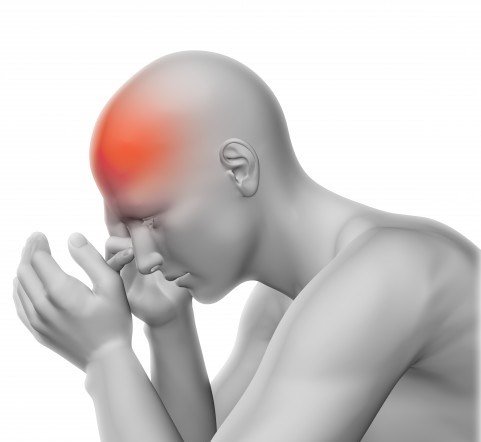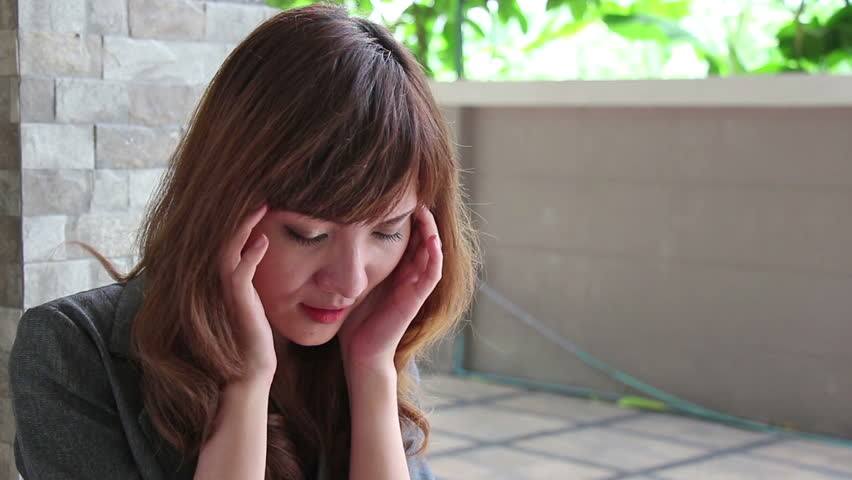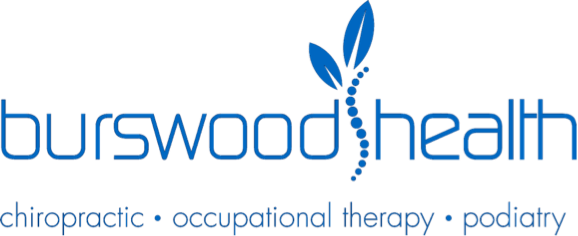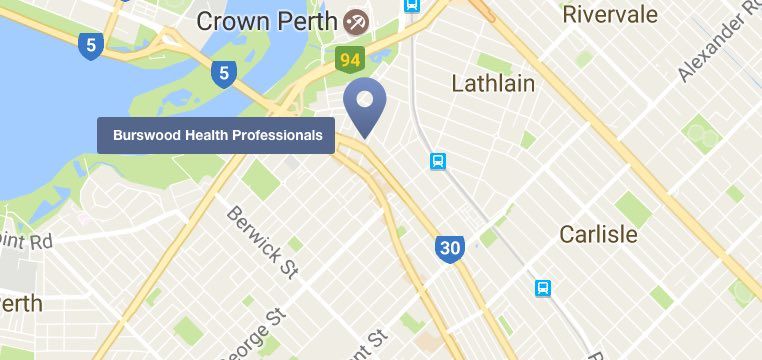Headaches
If you suffer from headaches, you are not alone. It is estimated that 9 out of 10 people will suffer from tension headaches at some time in their life.

Headaches and Chiropractic
Headaches can be dull and throbbing or severe enough to cause nausea and vomiting. Some headaches are only occasional while others can be frequent and very debilitating. What do you do when you have a headache? Take a pill, lie down and hope it passes – or carry on and fight through the pain? There is a better way than covering up with pain-killers and soldiering on. The first step is to understand the cause of the majority of headaches.
Different types of headaches
About 5% of headaches are warning signals that there is a health problem that needs medical attention. 95% are primary headaches; such as tension, migraine, cluster and cervicogenic headaches. The great majority of Australians suffer from tension headaches caused by tension in the muscles and joints of the neck. And this is good news because this type of a headache is very treatable.
Causes of Tension Headaches
Australians sit more now than they did in the past. For people of all ages, more hours are spent sitting in front of a computer or watching television than ever before.
The poor postural habits associated with prolonged sitting contribute to increased joint irritation and muscle tension in the neck, upper back and scalp, causing your head and neck to ache. If your job requires keyboard work and long periods of sitting, chances are you have significant tension and strain in the muscles of your neck and upper back. If you suffer from headaches, then there is a strong possibility these muscles are contributing to your pain.
The joints and muscles of the neck can also become tense and irritated due to injury caused by a motor vehicle accident or playing sport. A sudden faulty movement of the neck, catching a chill or sleeping in an awkward position can all cause neck strain and lead to headaches.
The term ‘cervicogenic headache’ simply means the genesis (or origin) of the headache is in the neck itself. It is interchangeable with ‘tension headache’ which refers to neck tension being the source of the headache.
Migraine Headaches
The exact cause of migraine headaches is unknown. Various theories point to abnormal brain activity temporarily affecting nerve signals, chemicals and blood vessels in the brain. It's possible that your genes make you more likely to experience migraines as a result of a specific trigger.
Migraines can be set off by environmental, chemical, dietary, emotional, physical and hormonal triggers. We often see migraine sufferers who say their migraine comes on when they strain their neck muscles or when their neck is "out". By "out" they mean a feeling of the joints in the neck being jammed or pinched. This migraineurs actually have a 'mixed' headache pattern - meaning a migraine pattern (caused by hormonal imbalance, emotional stress, etc) which is aggravated by a 'tension headche'.
In other words, the irritated joints and muscles in the neck produce a tension headache which then sets off a full-blown vascular, pounding migraine complete with nausea, vomiting and light sensitivity. If you are a 'mixed migraine' person, you may find that treatment of your neck results in less frequent and less intense migraines.
What Can You do?
The first step is to determine the cause of your headaches. At Burswood Health, we perform a thorough examination to exclude any health problem which would require medical referral.
Fortunately, the majority of people we see have tension headaches. Therefore, the first step is to make an appointment and get your spine assessed. Our experienced, caring team will take great care of you and get to the source of your problem.

What Do We Do?
Our examination will assess the movement of your spine and look for any dysfunctional joints or tight neck and back muscles which could be causing your headaches. We look at you as a whole person and assess your lifestyle, posture, stress levels, nutritional habits and overall fitness. When we arrive at a diagnosis, we then work out a tailored treatment plan aimed at reducing tension and relaxing tight muscles and joints. We are very focused on giving you the right advice regarding exercises and possible lifestyle changes that can help you avoid headaches in the future.
We usually recommend a course of treatment based on best-practice guidelines and decades of clinical experience. Our Initial Intensive Care Program is a series of treatments over several weeks. Our purpose is to relieve your pain and strengthen your spine. Our chiropractors perform spinal manipulation and chiropractic adjustments to improve spinal function and alleviate stress on your system. And our occupational therapists work together to provide specific soft tissue therapy aimed at relaxing your muscles and connective tissue.
We will offer nutritional advice and often recommend dietary changes. Water intake, magnesium, and supplementation that calms inflammation is often helpful. We always prescribe exercises to improve posture and strengthen your spine. Lifestyle changes aimed at improving sleep, posture and work ergonomics can be very important. Our advice is aimed at relieving chronic joint irritation and tension in the muscles of your neck and upper back. Most cases of a headache can be successfully treated naturally, without medication that can have significant side-effects. And as recent research shows, chiropractic treatment can be very effective in alleviating headache pain.
Why suffer needlessly when there may be a safe, effective and natural answer to your headaches?
Available Treatments
Here's a DIY exercise
"Cervical spine manipulation was associated with significant improvement in headache outcomes in trials involving patients with neck pain and/or neck dysfunction and headache.
McCrory, Penzlen, Hasseloblad, Gray (2001) Duke Evidence Report
"The results of this study show that spinal manipulative therapy is an effective treatment for tension headaches.. Four weeks after cessation of treatment...the patients who received spinal manipulative therapy experienced a sustained therapeutic benefit in all major outcomes in contrast to the patients that received amitriptyline therapy, who reverted to base values."
Boline et al. (1995) Journal of Manipulative and Physiological Therapeutics
References:
1. Bryans R, Descarreaux M, Duranleau M, et al.Evidence based guidelines for the chiropractic treatment of adults with neck pain. J Manipulative Physiol Ther 2014: 37: 42-63
2. Bryans R, Descarreaux M, Duranleau M, et al. Evidence based guidelines for the chiropractic treatment of adults with headache. J Manipulative Physiol Ther 2011; 34: 274-89.


